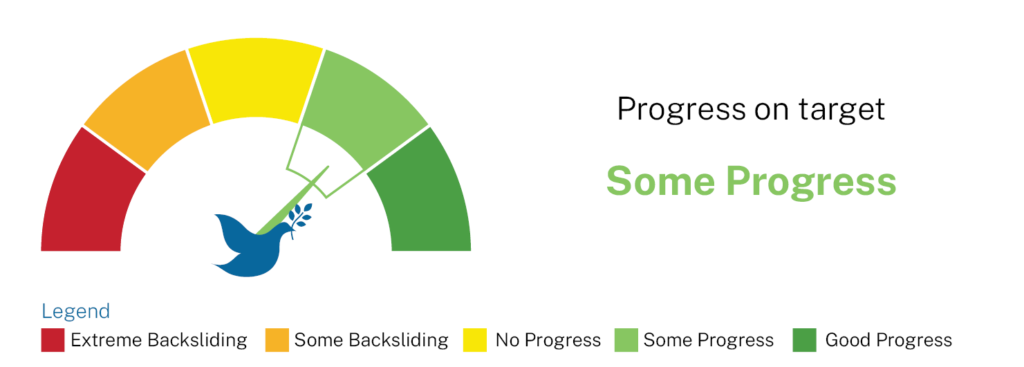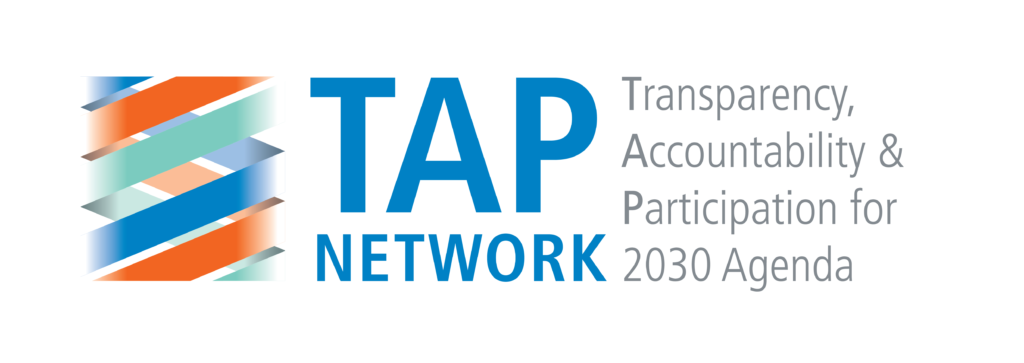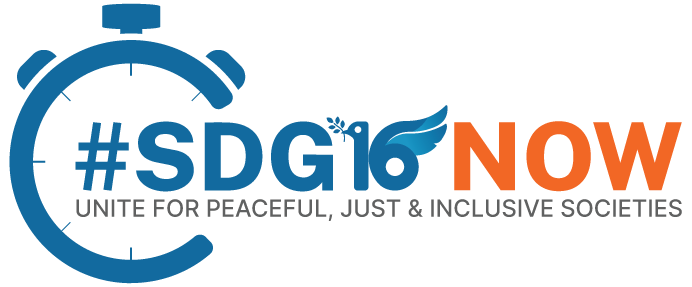Target 16.9: By 2030, provide legal identity for all, including birth registration

There has been progress on improving birth registration in the past 20 years, but at least 1 in 4 children worldwide are not registered, predominantly in Africa and South Asia. There have also been improvements in providing legal identity, but an estimated 850 million persons worldwide do not have any official record of their legal identity.
Authors of chapter

Context and Interlinkages
Legal identity is defined by the UN as “the basic characteristics of an individual’s identity, e.g. name, sex, place and date of birth conferred through registration and the issuance of a certificate by an authorized civil registration authority following the occurrence of birth”.1 The official definition goes on to state that legal identity may also be granted by a legally-recognised identification authority if it was not registered at birth; such an authority should be linked to a civil registration system in order to ensure holistic management of legal identity from birth to death.
Recognition and registration of legal identity is critical for the realisation and measurement of around 67 indicators across 12 SDG goals.2 A lack of identity documents can lead to denial of access to social support, vaccinations and health care, and education. Access to employment, financial services and mobile phone services may also be limited, leading to exclusion from the formal economy and poverty. Civil registration and population registers also provide important resources for effective planning and crisis response, ensuring that no one is left behind. Within SDG16, the legal identity target (16.9) is closely linked to, among others, rule of law and access to justice (16.3), prevention of human trafficking (16.2) and prevention of discrimination (16.b). The target overlaps with SDG16+ Indicator 17.19.2 which measures the number of countries which “have achieved 100 per cent birth registrations”.
Recognition of legal identity is also established as a right in international human rights and humanitarian law, which requires that all persons be recognised before the law and that children in particular have the right to a name, birth registration and a nationality, to know and be cared for by their parents, and to the reestablishment of identity if illegally deprived of some or all of these elements.3 These rights apply to all children without discrimination, wherever they are born, and whoever their parents may be.
The 1951 Convention relating to the Status of Refugees and the 1954 Convention relating to the Status of Stateless Persons both provide for identity documents to be issued to refugees and stateless persons as a measure of protection. The Global Compact on Refugees (GCR) and the Global Compact for Safe, Orderly and Regular Migration (GCM), adopted by the UN General Assembly in 2018, also called on states to register the births of the children of refugees and migrants and to take other legislative measures to prevent statelessness.4
Progress on indicators
Official Indicators:
- 16.9.1: Proportion of children under 5 years of age whose births have been registered with a civil authority, by age. (Tier I)
Additional Indicators:
- Percentage of population with legal identity
There has been a steady improvement in birth registration in the past 20 years.5 The United Nations Children’s Fund (UNICEF) currently estimates that approximately one in four of children in the world are still not registered, only slightly improved from the 71 per cent reported in 2016.6 There are significant regional disparities. While most of the countries in the global north are fully or nearly fully registered, over half of the children in Africa and one third in South Asia were unregistered.7 A further 25 million were registered in Africa but lack a birth certificate. UNICEF estimated in 2022 that 26 countries in Africa are on track to meet their 2030 obligations, while 22 other countries will need to accelerate their efforts. In Asia, the Economic and Social Commission for Asia and the Pacific (ESCAP) reported that the number of annual unregistered births halved between 2012 and 2019.8
There are problems with data collection with around 1 in 4 countries lacking sufficient data to monitor 16.9.9 An academic review of UNICEF data in 2022 found that it was likely overreporting and that the actual level of birth registrations could be as low as almost 1/3.10
Additional Indicators
The official indicator for 16.9 only collects a limited aspect of legal identity, namely, birth registration of children under the age of 5. While this is a long-established metric for the completeness of the legal registration of identity, it leaves significant gaps in recording those who are not initially registered, including older children and adults, and has not always consistently recorded the gap that may exist between the registration of a birth and the issuing of a birth certificate.11 Further, it does not address the issue of nationality, missing the obligations under the Universal Declaration of Human Rights (UDHR) and the human rights treaties.
According to the World Bank, around 850 million people, half of them children, do not have any form of official identification.12 Most live in lower- income countries in Africa and South Asia and 35 per cent of women in low-income countries do not have identification. The World Bank estimates that there has been some progress in the last five years, which it estimates as between 100 to 200 million. Accordingly, there have been efforts to enrol adults into population registers, even if their births had not initially been registered. As stated in the UN’s definition of legal identity, it is crucial for these registers to be connected to a civil registration system. This connection ensures that the components of legal identity receive comprehensive protection, which has significant implications for matters such as nationality, inheritance, and more. As noted in the definition of legal identity adopted by the UN, it is important for such registers to be linked to a civil registration system for the elements of legal identity to be more fully protected and impacts on important issues like nationality, inheritance, and others.13
It is also important to ensure that, in the push towards complete registration – especially one based on digital identity – other fundamental rights in 16.10 are protected, in particular, privacy. The sharing and extended use of personal information in a comprehensive identity database, especially sensitive information, creates grave risks. In Afghanistan, after the Taliban took control, they used the remaining biometric identity systems to target those opposed to their regime. Identity systems of refugees in other countries have been breached or stolen, leading to threats against already marginalised populations. Furthermore, a person’s inability to join a mandatory digital identification system should not be used to limit their access to other services outlined in other SDG targets such as vaccinations, social support, mobile phones and banking.14
Recommendations
- States should fulfil their obligations under the international human rights treaties to ensure (by legislative and other measures) that all children are registered immediately after birth and that, if a child’s birth is not registered once they are born, there are procedures to ensure late registration of the birth, as an older child or even as an adult.
- Initiatives to strengthen identification systems should be integrated with civil registration procedures, as recommended in the United Nations Legal Identity Agenda.
- Lack of proof of legal identity should not be a reason for exclusion from access to public services; rather, if a person seeks access to public services and does not have proof of legal identity, official assistance should be provided to ensure that this lack is remedied.
- Governments and other parties involved in identity creation, collection and management must ensure that collected data is legally and technically protected from misuse and has adequate oversight and access to justice.

Resources
- UNICEF, Birth Registration
- UN Legal Identity Agenda
- IDRC, Legal identity for all: Why it’s essential and how to achieve it (video), 2019
- UNDESA, Guidelines on the Legislative Framework for Civil Registration, Vital Statistics and Identity Management Systems, 2023
- World Bank, Principles on Identification for Sustainable Development: Toward the Digital Age, 2022
- Africa Programme for the Accelerated Improvement of CRVS: https://apai-crvs.uneca.org/
- Centre of Excellence for Civil Registration and Vital Statistics (CRVS) Systems. Compendium of Good Practices in Linking Civil Registration and Vital Statistics (CRVS) and Identity Management Systems. 2019
- Institute on Statelessness and Inclusion, SUSTAINABLE DEVELOPMENT GOAL 16.9: Legal Identity, Nationality & Statelessness, 2018
- Save the Children, Child Rights Resource Centre.
- Child Identity Protection
- Privacy International, The Sustainable Development Goals, Identity, and Privacy: Does their implementation risk human rights?, 2018
- Legal Identity Podcast
